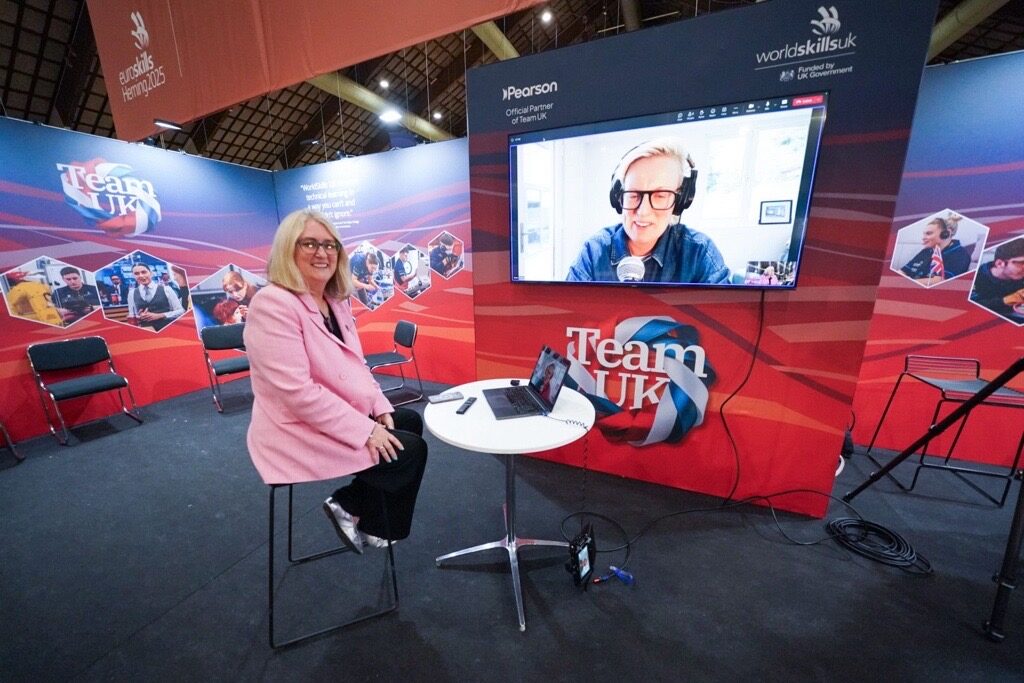Internal hiring up 20% since COVID-19

According to new data from LinkedIn, companies are increasingly looking inwards for talent since the outbreak of coronavirus.
Janine Chamberlin, senior director at LinkedIn, said:
“The continued uncertainty around COVID-19 has meant that many companies are looking to tap existing employees for new opportunities within their organisations.
“This presents excellent internal mobility and professional development opportunities for individuals who want to learn new skills, gain a different experience and progress within their company.”
Chamberlin added: “Encouraging internal mobility not only boosts retention and improves employee engagement, but can also help companies evolve their businesses from within and bridge any existing skills gaps.
“To ensure employees are set-up for success and have the skills to support career transitions, reskilling and upskilling initiatives are vital and HR professionals will play a pivotal role in facilitating this.”
Even before the pandemic hit almost half of business (47%) believed that developing staff internally would be their greatest opportunity from a talent management perspective over the next three years.
That is according to a 2019 survey of 1,500 UK-based hiring managers by international talent acquisition and managed workforce solutions provider, Guidant Global.
78% of all respondents admitred they were finding it difficult to access the quality and volume of talent their businesses need to thrive, with 39% of hiring managers finding that uncertainty around Brexit had directly impacted access to talent.
Other measures that those surveyed planned on implementing to bridge skills gaps included using technology to plan and manage workforces more strategically, and tapping into underutilised talent pools, which were favoured by 22% and 16% of respondents respectively. In 2019 only 5% of respondants were planning to maximise the potential of contingent talent by flexing workforces to meet demand.
Degreed Career Mobility unlocks internal career growth for individuals, and empowers leaders to better identify and utilise talent
Recently the UK government launched its National Careers Service’s Skills Assessment tool to help people retrain and reskill based on their transferrable skills. While many have taken to social media to laugh at the results, it raises an important point about how workers and businesses identify their skills and how they can transfer them between jobs – in the right way.
This is where Degreed’s new platform – Degreed Career Mobility (DCM), comes in. The DCM platform allows employees to keep track of all their skills and matches them to current live roles within their organisation, where their skills are needed. The platform also helps them see what skills they might need to work on to get to their next opportunity.
For businesses, it helps them pivot and adapt quickly to market changes by quickly matching people’s skills to projects, assignments, and roles – and remove bias from those decisions
It truly is a one stop shop for skills and career progression.
Degreed, the workforce upskilling platform, has launched Degreed Career Mobility to enable both HR leaders and people managers to adapt quickly to market changes and evolving needs by matching people with in-demand skills to projects, assignments, and roles. Where skill gaps are identified, Degreed Career Mobility also automatically identifies needed skills and presents relevant learning opportunities.
As first previewed to over 10,000 attendees at LENS Lite, Degreed’s virtual conference on September 30th, Degreed Career Mobility unlocks internal career growth for individuals, and empowers leaders to better identify and utilize the talent within their organizations.
Individuals are able to apply, practice, and develop their skills through opportunities tied to their experience or goals that are presented in their feeds and search results. This ensures they feel continuously challenged, engage all their skills, and have a learning and career plan for that’s future proof. Meanwhile, team managers and business leaders can now, with limited bias, find the talent they need, when they need it, using the most up-to-date data on workers’ skills, experiences, and ambitions. This improves agility, skill utilization, and visibility, as well as employee engagement, hiring costs, and alignment of talent strategies.
According to McKinsey & Company, organizations that can quickly mobilize talent to seize new opportunities have a better chance of outperforming competitors, and are six times more likely to report higher shareholder returns. Yet, only 39 percent of organizations are reported to currently achieve this. And more than half (53 percent) of business leaders, according to Gartner research, say a lack of skills visibility is their top barrier in transforming their workforce.
“Increasingly, business leaders see that opportunity comes from within,” said Chris McCarthy, CEO of Degreed.
“Hiring externally costs, on average, $4,425 per role compared to $2,603 when reskilling and hiring internally. So there are clear cost as well as speed benefits to using technology to mobilize people into new assignments. This is before you even consider the benefits of retaining employees, responding to change, and ensuring people are continuously challenged and engaged by their work. Degreed Career Mobility simplifies the way organizations oversee skills, mobilize people as needs change, and upskill with a clear direction towards the future.”











Responses